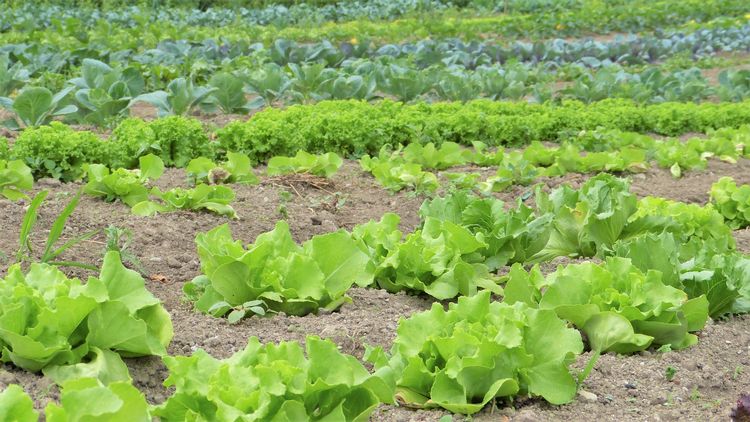Oct 4, 2021Impatiens Necrotic Spot Virus hits Salinas lettuce
As one of the largest producers of leafy greens, the Salinas Valley is well known for its reputation as the salad bowl of the world. But as the state tackled a global pandemic this past year, crops were fighting their own virus, the Impatiens Necrotic Spot Virus INSV. Unlike foodborne illnesses like E. coli, this virus targets the plant, not humans.
According to Mary Zischke, INSV Wilt Task Force Facilitator for California Grower’s Association, the virus first entered their radar in Monterey County around 2005.
Zischke told news channel KION 5/46 in Salinas it wasn’t a problem until last year when a severe outbreak moved from one field to the next. In 2020 alone, INSV cost lettuce growers between $50 million to $100 million in losses.
“We had a lot of fields where we never harvested ahead out of them because there just wasn’t much there to get,” Zischke said. “The disease causes necrotic tissue and stunting, so the plants that have the virus are not harvestable.”
And it’s not just the farming company that loses money. According to one researcher, farmworkers are just as impacted, if not worse.
“It’s also hitting the industry in the way that they can not support their farmworkers,” said JP Dundore-Arias, Assistant Professor at Cal State Monterey Bay and Pythium Wilt Researcher. “Ultimately, it’s pushing the problem enough that there have been conversations about whether they would have to move eventually out of the Valley because of how bad the diseases have been and were last year.”
The news report also stated:
But how did the spread get out of hand?
Because the virus can also live in weeds, Zischke said one of the reasons for the outbreak could have been the lack of weed management due to the pandemic.
”Maybe we didn’t have all our people in place for the whole season to make sure that our weed management was as good as it normally is,” Zischke said.“We also just think that the virus has, for whatever reasons, built up so that there’s just more in our environment than there has been in prior years.”
According to Dundore-Arias, when one crop is infected, the entire field can easily catch the virus, because it usually occurs with another illness called pythium wilt. And unlike INSV which is transmitted through insects, pythium is born in the soil.
“The main challenge is that with these two diseases, they seem to co-occur very often,” said Dundore-Arias. “Plants use their roots to absorb the water from the soil because the roots are rotting, they cannot pump the water or take any water, so the plants start wilting.”
For the complete KION report, visit here.

















